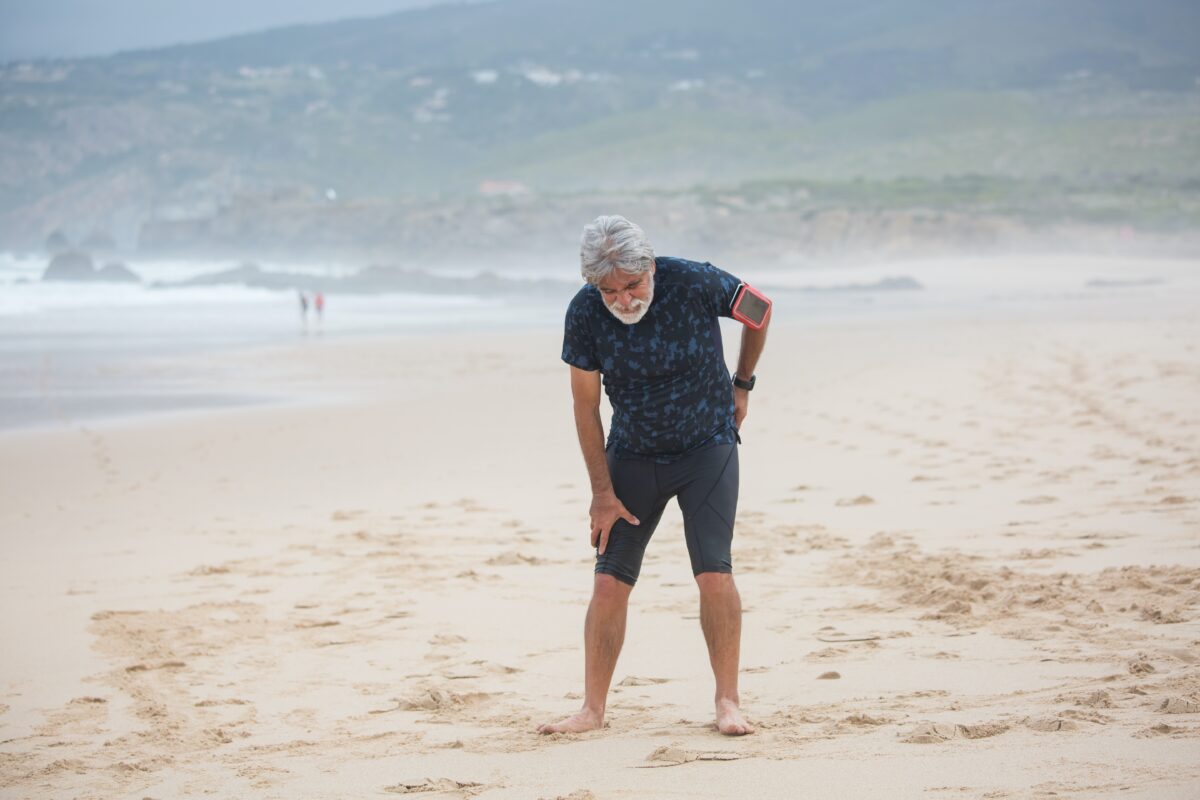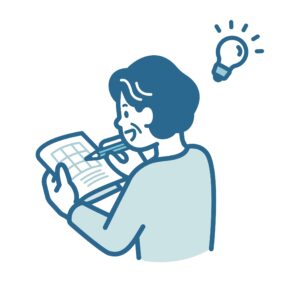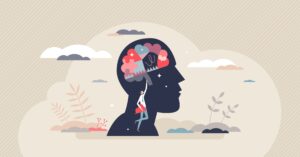
Naturally Relax the back and Easily Relieve Pain for good
I. Introduction
Back pain is a common ailment that many of us experience, and its impact on our daily lives can be significant. Whether it’s a result of stress, a sedentary lifestyle, or an unknown cause, back pain can limit our activities and decrease our overall quality of life. Sometimes it feels like you just cannot relax the back at all. But here’s the good news: you don’t have to live with the discomfort.
This blog post provides some well-needed education regarding pain relief, focusing on techniques that relax the back, nutrition, sleep hygiene, and gentle exercises. Instead of merely treating the symptom, we delve deeper into managing the root causes and promoting a healthier lifestyle.

II. Understanding Back Pain
Back pain can stem from a multitude of factors, making it crucial to understand the common triggers and underlying causes. Often, back pain is a result of physical stressors such as poor posture, incorrect lifting techniques, or prolonged periods of sitting without adequate support. A bad chair can wreak havoc on your spine.
These behaviors put undue pressure on the spine and back muscles, leading to discomfort. However, it’s important to note that back pain isn’t solely a physical issue.
Psychological Factors: A Matter of Mind
Psychological factors, particularly trauma, stress and tension, can exacerbate pain and make it harder to manage. When you simply cannot relax, chronic stress leads to muscle tension, creating a vicious cycle that can be difficult to break. Inflammation, a natural immune response, can also contribute to back pain when it becomes chronic. Inflammation is a common response to stress, depression, and tension.
III. Mindfulness and Meditation to Relax the Back
A powerful approach to alleviating back pain lies in mindfulness and meditation. This practice focuses on creating an enhanced awareness of our bodies and our pain, helping us manage our responses more effectively.
Observing Sensations
Rather than fighting the pain, mindfulness invites us to observe it without judgment and understand its patterns. This shift in perspective can reduce the stress and tension that often accompany back pain, promoting relaxation and pain relief and facilitating the ability to relax the back at will.
Breathing: Calm Your Nerves
Meditation, particularly focused on the breath, can aid in calming the nervous system, reducing muscle tension, and alleviating pain. One noticeable benefit is that these techniques are simple, easy to learn, and can be practiced anywhere, at any time. The focus on learning to relax consciously by following the breath, and even the well-known “progressive relax” technique are known to be very effective.
Can’t Meditate? Just Get the App
Conveniently, the practice of mindfulness and meditation can be easily incorporated into your daily routine through mindfulness apps. An excellent recommendation is the MindFit app, which offers guided meditations and mindfulness exercises specifically designed to manage pain. You can find a meditation designed specifically to help you relax the back using these techniques HERE.
The app makes it simple to practice mindfulness and meditation at home, providing a cost-effective, accessible solution for individuals seeking to manage their back pain holistically.
IV. Gentle Exercise for the Back: Embracing Qigong
Adopting a gentle exercise regimen is another integral part of a holistic approach to back pain relief. Incorporating movement into your routine can help strengthen your back muscles, improve posture, enhance flexibility, and stimulate the release of endorphins (the body’s natural painkillers). In this context, a modern approach to Qigong proves to be particularly beneficial.
An All Ages Game Changer
Qigong is a system of coordinated body movements, breathing, and meditation used for health and spinal fitness. Characterized by its slow, graceful movements and deep, rhythmic breathing, Qigong can be a game-changer. Its gentle, low-impact movements are easy on the back and neck, making it an ideal exercise for individuals of all fitness levels. It is excellent for older individuals who might be concerned with physical decline. Qigong is even used to strengthen the neural connections and the musculature used to prevent falls. You could join a class or do a session right there in your office.
Deep Breathing, Not Heavy Breathing
Qigong features deep, controlled breathing. This promotes relaxation and stress reduction, which can aid in breaking the cycle of tension and pain. Regular practice can enhance strength, flexibility, and posture, contributing to back pain relief. With a variety of Qigong forms to choose from, you can tailor your practice to suit your specific needs and abilities.

IV. Anti-Inflammatory Nutrition
Nutrition plays a pivotal role in managing inflammation, a key contributor to back pain. Incorporating anti-inflammatory foods into your diet can make a significant difference in your pain levels.
The best foods are typically rich in antioxidants and omega-3 fatty acids, known for their powerful anti-inflammatory properties. Antioxidants help combat free radicals in the body, reducing oxidative stress and inflammation. Foods rich in antioxidants include berries, leafy green vegetables, and nuts. Omega-3 fatty acids, found abundantly in fatty fish, walnuts, and flaxseeds, help reduce inflammation and may alleviate back pain.
Stay Hydrated
Hydration, often overlooked, is another important aspect of your diet. Adequate water intake ensures that nutrients are delivered effectively throughout the body and toxins are flushed out. It maintains the health of your spinal discs, which rely on water to maintain their structure and height.
By staying well-hydrated, you’re supporting overall body functions and promoting spine health, thus potentially reducing back pain. Develop the habit of drinking at least 8 glasses of water per day, but remember that individual needs may vary.

V. Sleep Hygiene and Back Pain
Sleep quality has a significant impact on back pain. Research indicates a bi-directional relationship between the two – poor sleep can intensify pain perception, while chronic back pain can lead to disrupted sleep. Lack of restorative sleep can hamper your body’s healing processes, exacerbating pain and discomfort.
Therefore, improving sleep hygiene can serve as a powerful tool in managing and reducing back pain. Use the MindFit App to help you get off to sleep.
What About Sleep Postures?
Lastly, sleeping positions can significantly affect back pain. The ideal sleeping position varies from person to person, but generally, maintaining proper spinal alignment is the key. If you sleep on your back, consider placing a pillow under your knees to maintain the normal curve of your back.
For side sleepers, a pillow between the knees can prevent the upper leg from pulling your spine out of alignment. Remember, while it might take time to adjust to new sleeping habits, the benefit of reduced back discomfort makes it well worth the effort.

Qigong For Sleep
You can also use Qigong to help you get off to sleep. If you just can’t sleep, you may want to get up out of your chair and give this short session a try. Some people say that it helps to relax your mind better than a massage. I wouldn’t do this one at the office, though, you might just drop off.
VI. Conclusion: The Holistic Approach
In conclusion, back and neck pain should never be ignored or underestimated. It’s a signal from your body, urging you to take action. While it is essential to educate ourselves on home remedies, such as anti-inflammatory nutrition, good sleep hygiene, and gentle exercises, they should not replace professional medical advice.
It’s essential to consult with healthcare professionals to understand the cause of your pain and to receive tailored treatment plans. A doctor can offer the human touch along with dedicated experience with patients with the same problems that you have. When you visit a doctor’s office, they may recommend wellness products, prevention methods, furniture, or even massage.

Pair their advice with sensible measures at home, creating a comprehensive approach to managing your back pain effectively. Remember, you have the power to change your life and live pain-free.
Be patient, be consistent, relax, and don’t lose sight of your wellness goals. You’re not alone in this journey, and every small step you take towards a healthier lifestyle is a victory. Here’s to a life filled with vitality and energy, without the constraints of back discomfort!
-Brendan C. Clarke













